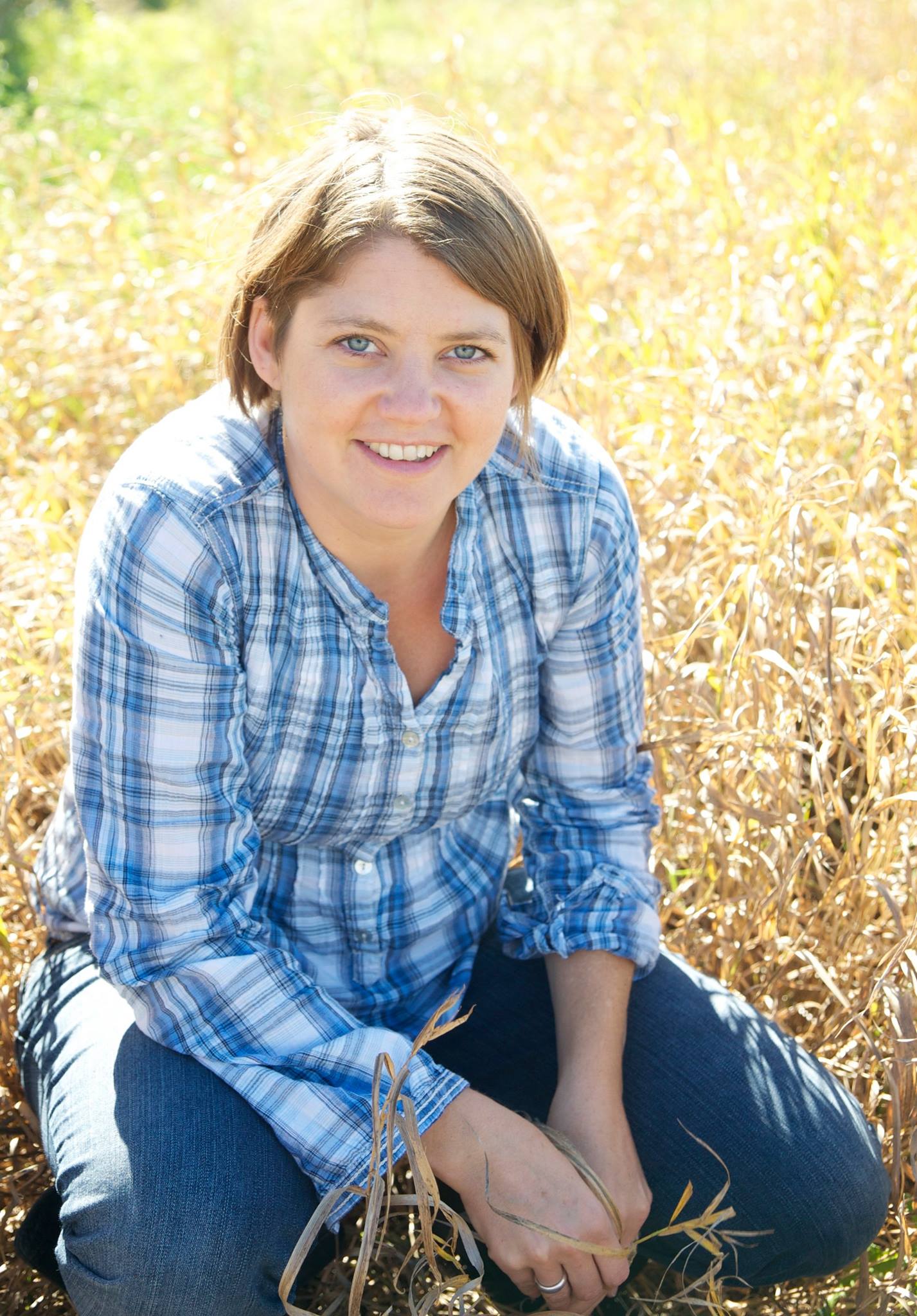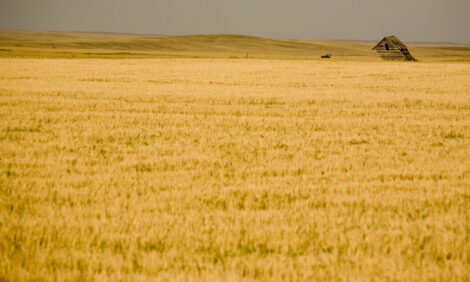



USDA recommends adding food safety to back-to-school list
Children are particularly sensitive to foodborne illnessIn a recent news release, the US Department of Agriculture (USDA) recommends that back-to-school shoppers include food safety items on your shopping list to keep school lunches safe.
“Every day, parents focus on the health and safety of their children, and this focus includes how they prepare and pack lunches,” said Sandra Eskin, Deputy Under Secretary for Food Safety at the USDA. “Because children are particularly at risk for serious foodborne illness, food safety must be at the top of the list when preparing lunches for school and field trips.”
Consider the following for your shopping list:
· Clean and sanitize surfaces and utensils: Clean your prep area before you start that school lunch. A recent USDA study (PDF, 102 KB) showed that cross-contamination was prevalent in the kitchen during food prep. Therefore, be sure to wash your cutting boards, dishes, utensils and countertops with soap and after preparing each food item and before proceeding to the next item. A homemade bleach-based solution of one tablespoon of unscented liquid chlorine bleach to one gallon of water can be used to sanitise surfaces and utensils in the kitchen.
· Different coloured cutting boards: Separate meat and poultry from ready-to-eat foods (such as fruits, vegetables, cheeses, etc.) to avoid cross-contamination during your food preparation.
· Food thermometers for food prep: If you are cooking a frozen item for your child’s lunch, use a food thermometer to check whether a meal has reached a safe temperature to kill any harmful bacteria. Beware: some frozen foods are not fully cooked or not ready-to-eat, but have browned breading, grill marks or other signs that suggest that they are cooked. Make sure they are cooked to a safe internal temperature: meat (whole beef, pork and lamb) 145 F with a 3-minute rest; ground meats 160 F; poultry (ground and whole) 165 F; eggs 160 F; fish and shellfish 145 F; and leftovers and casseroles 165 F.
· Insulated lunch boxes and gel packs: Perishable food can be unsafe to eat by lunch time if packed in a paper bag. Keep your meal cool by storing it in an insulated bag. Place a frozen gel pack, combined with a frozen juice box or bottle of water to keep food cold and to avoid the “Danger Zone” (temperatures between 40 F and 140 F where bacteria can multiply quickly and cause illness).
· Insulated containers: If hot liquids such as soup, chili or stew are on the menu, use an insulated container to keep items hot at 140 F and above. Fill the container with boiling water, let it stand for a few minutes, empty, and then pour in the hot food. Keep the insulated container closed until lunchtime.
· Handwashing aides: Hand wipes and 60% alcohol-based hand sanitizers are ideal for children to clean their hands before they eat when water and soap are not available.







